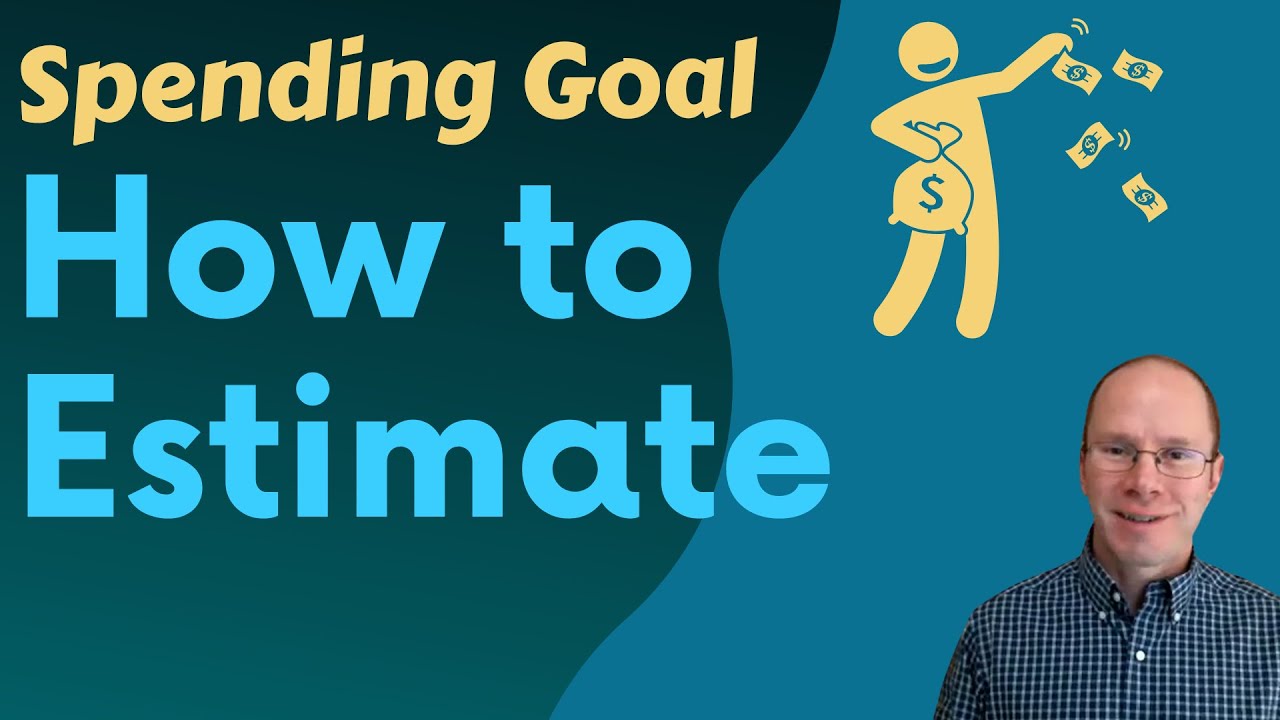
2 Ways to Estimate Retirement Spending
Jason 0 Comments Retire Wealthy Retirement Planning Tips for Retiree's
When you're planning for retirement, your spending level is one of the most important pieces of the puzzle, so how much should you plan to spend each year? That's going to dictate what we are withdrawing from your investments and how that needs to supplement your Social Security, pensions, and that sort of thing. So we're going to go over two methods that you can use to fairly easily figure out what your spending might look like in retirement.
As you go through this exercise, it's important to remember that no method is perfect and it's impossible to predict the future, so we don't know what your grocery bill is going to be in 14 years, or how much you'll spend on electricity in 12 years, but what we can do is make some reasonable guesses and estimates and take action based on that, take a step forward and then learn a few things and then adjust if adjustments need to be made. So the two ways of figuring out your budget I want to talk about today are the top down and the bottom up approach, and there are a couple of other ways to estimate your retirement spending need as well.
So the replacement ratio is a pretty popular one, and that's where you say, I might need, let's say, 80% or some other percentage of my current income to spend in retirement, hopefully it's a relatively high number, but there… You're just basically saying, Well, I'm not going to save for retirement anymore, I'm not going to be paying payroll taxes, so maybe 80 90 or some other percentage is an appropriate amount, but we're going to go over again, top down and Bottom up, so starting with top down, the top down strategy focuses on the amount you spend and is not as concerned with the destination of those dollars or the specific costs that you pay, all that that information is important, and we're probably going to want it, but when we look at a top down approach, we say, What is all of the income minus the savings you do? And the answer is your costs or your total spending, so we don't know necessarily exactly where that money went, but it went somewhere… Okay, so you had income, you save some money in some different places, the rest of it went away and it's not your money anymore, so that's the top down approach, so how do we figure out the income? The best place or the very top is to start with your pay stubs or your income tax returns, so those are going to capture even dollars that never hit your bank account, so for example, you can say, my total income is X, but I put money into my workplace plan, my 401k, that money is never going to show up in your bank account, you're not going to see it as a line item in your transactions where you saved money, but you did indeed save that money, you didn't spend it on something else, you can spend it later, so if we start with the income sources from a very high level, we're talking about your pay stubs and your tax returns, then we look at the savings, so this is going to be all of the additions you make to various accounts, so that's going to be your 401K, 403B, any bank savings accounts, HSAs, IRAS, any place that you're saving money for the future, this is going to get subtracted from that income number we came up with, so we have our income at a high level, we have the savings that we did, we subtract that, then the result is the total spending, and again, we're not totally concerned with exactly where the money went.
Although if there is a problem, a spending issue or something like that, then we definitely want to look closer. Naturally, there are pros and cons of any approach, so the advantages of this top down strategy are going to be that it's really easy and it gives you a big picture view, and it captures really pretty much everything, it might capture too much, so we'll talk about that in a second, but if you are not sure exactly where your money goes, but you're doing okay budget wise, and you want to keep the same lifestyle basically that you currently have, then this can be a decent way to estimate how much you might spend later in life, so we don't know how much of it went on vacation versus dining versus whatever, but you did spend the money somewhere, and that's really what we need to know is how much do you spend…
But this could capture some costs that you aren't going to have in retirement, so for example, your payroll taxes are going to be something that we want to think about if we're using this top down approach, because when you stop working, you'll no longer have those payroll taxes. Likewise, if you have a mortgage and you're doing monthly mortgage payments at some point that loan might go away and that won't be an expense for you in retirement, you would generally still have taxes and insurance, but you wouldn't have the principal and interest portion of your mortgage payment at some point down the road, hopefully.

So again, with top down, we start with this big picture view, income minus savings equals expenses, and then maybe we want to make some adjustments for certain things that are going to change over time, so here's a little example of how it looks visually, you've got your income of 100,000 you're over age 50, you're doing 27,000 into your 401K, you've got an IRA as well, there's another 7,000 that you're saving. And so your actual spending is no more than 66,000, and it's probably even less than that when we think about payroll taxes and maybe a couple of other things, so think about this as you evaluate what your costs might be, sometimes people think I make 100,000 right now, so I'm going to need a 100000 of income every year in retirement, and that's often not the case, and this is another way to illustrate that point, in fact, those are the types of exercises I often go through with clients, by the way, I'm Justin. Pritchard, and I help people plan for retirement and invest for the future, so in the description below, there's going to be more on this topic, on your spending and just some other general retirement planning type resources that I think will be really helpful for you.
So please check those out, and it's also a good time for a friendly reminder that this is just general information, it's a short video that can't possibly cover everything, so please check with some experts before you make some important decisions. Next, we have the bottom up approach, and so this is going to be what you might be more familiar with as just budgeting, so that's looking at every single expense and transaction and categorizing those costs and figuring out where exactly your money goes. So you're really looking closely at the destination of each dollar that leaves your household, so you have a detailed view of what's happening, you can get this information from places like your credit card statement, so every time you spend money, there's an electronic record of it.
You can categorize that and track it, your bank account is also probably a good place to look, so if you have those electronic automatic payments that go out of your bank account, maybe your mortgage or your insurance payments, that kind of thing… Those are going to be important to know about and include in your budget. Even a check register. So you might only write one or two checks a year these days, but they're probably big ones and they're probably important to know about, so make sure you're tracking that if it's a charitable contributions, or maybe you pay your property taxes once a year by check, that sort of thing, we need to know about those so that you can continue that type of spending. This technique really relies on you being able to track and find and categorize that information, so it's probably a decent idea to just cross check this with a top down approach, so say, Well, here's what I think I spend based on my budget, based on all the things I tracked and looked at, but let's just see if that more or less adds up based on my income versus how much I put into different accounts, and are we in the ballpark? Just like with the top down approach, it's important to pay attention to any costs that might change over time.
So if you are making mortgage payments again and you're going to have that loan paid off at some point, want to look at what's the principal and interest portion of that payment, and what's the taxes and insurance portion, and keep those separated, you know that you'll continue to pay taxes and insurance, but not the principal and interest at some point down the road. Again, there are pros and cons to this, just like everything else, it's probably a decent way to go if you are very close to retirement because you're going to be spending in a similar way next year or two years from now, as you are today, so your current budget might be a nice reflection of what the next couple of years budget could look like, one of the drawbacks though, is that this can give you a false sense of precision, so you've got your list and your spreadsheet and you've got you exactly how much you paid for a bagel eight months ago, and you know exactly where your money is going, but you might be missing something, that's really the main risk is that you could be missing some important expenses, so that if you base your spending off of your spreadsheet or your list, it might not be nearly as accurate as you think it is.
So I hope you found that helpful. If you did, please leave a quick thumbs up. Thank you and take care..
Posted in Retire Wealthy, Retirement Planning, Tips for Retiree's